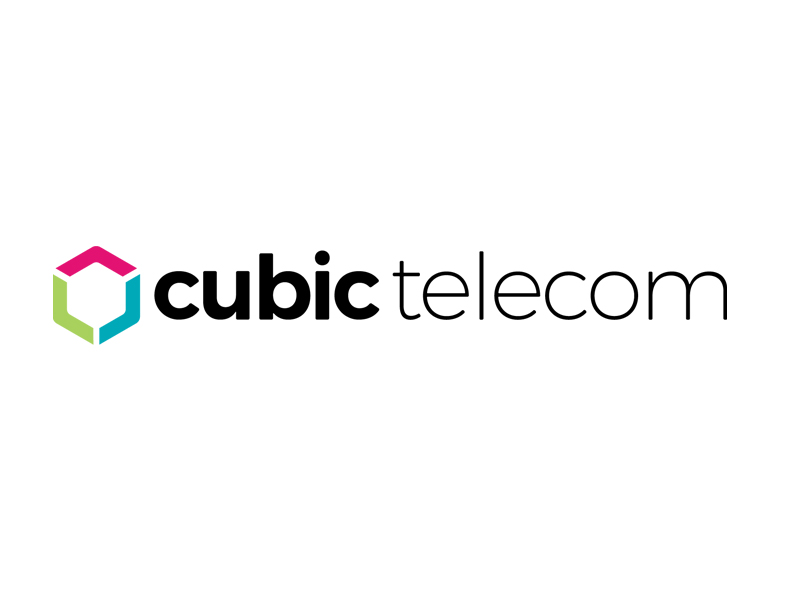Building a more proactive and resilient food system through precision farming
Mounting challenges
The agriculture industry is coming under increasing pressure. Agriculture, forestry and land use contribute approximately 23% of the world’s greenhouse gas emissions. Reports predict that food production must increase by up to 70% by 2050 to support the world’s growing population. Now the industry is facing massive strain and unpredictability on its supply chains due to sudden shifts in demand as a result of the ongoing Covid-19 pandemic worldwide. Each factor needs to be addressed urgently, so building a more proactive and resilient food system is vital.
Using technology as a safeguard
When considering options available to the industry, the adoption of IoT into agricultural practices could offer farmers and growers an opportunity. They could safeguard themselves from the negative impact of unpredictability and increasing pressures by:
- enhancing productivity
- reducing waste
- creating sustainable food production
- creating safer working conditions in remote and inhospitable locations
Becoming more efficient with the help of IoT will enable farmers to work smarter, rather than harder during these uncertain times, as they plan for a greener future.
How to make the move
According to Statista, the global agricultural IoT market is expected to be worth $28.6 billion by 2023. As farmers are encouraged to make the move to adopt IoT, what factors do they need to consider? Farmers must procure:
- specialized equipment
- wireless connectivity
- software and IT services
By fitting multiple sensors throughout a field, a farmer can begin to collect, and monitor the data gathered by these sensors after it has transferred to the cloud. They can access essential information on soil precipitation, air temperature and moistness, mineral levels, and sunlight intensity plants are exposed to. Farmers can also track animals and measure their well-being more precisely through NB-IoT sensors and Unmanned Aerial Vehicles (UAV’s) / drones.
Data analysis enables farmers to make informed decisions on crop treatments and harvest predictions. With easily accessible insights such as these, growers can automatically increase yield with far greater efficiency.
Precision farming
Precision farming is the use of IoT technologies to optimize farming practices with the aim of achieving higher crop yields and reducing operational costs. It brings simplicity to farming methods. Using IoT in agriculture improves automation and makes the practice more precise and specific. Farmers can automatically and remotely control crop production by means of mobile devices, provided they have connectivity that is reliant, secure, cost-effective as well as intelligent regarding battery efficiency.
Global connectivity enablement with Cubic
A big issue for farmers is the lack of access to reliable network coverage from the field. Connectivity is key to enabling precision farming technologies. Cubic Telecom’s PACE platform enables worldwide connections to LTE and 5G. Manufacturers of agricultural vehicles, machinery and sensor expect to be able to connect these services from anywhere in the world. However, implementing global connections is a tricky process. Multiple operator contracts need to be negotiated, tax and regulation per region you sell must be complied with, and device technology must be integrated with your chosen providers.
Cubic Telecom cuts through all these complications to deliver a single global connectivity solution that offers:
- Remote device connectivity management
- Single eSIM SKU
- Seamless integration with manufacturer IT business systems
- Access to leading mobile operators worldwide
- Data management and analytics
- Security
How Case New Holland Industrial enables precision farming
Cubic Telecom currently delivers intelligence to the field for CNHi. They wanted to take connectivity to the next level for agricultural machinery, while keeping it simple: one partner, global coverage.
To enable advanced precision farming, CNHi needs to ensure automatic data synchronization from the field to the cloud at global scale. They chose Cubic’s PACE platform to be deployed across tractor, harvesters and crop protection models. With Cubic’s always-on connectivity CNHi customers can remotely collect and manage data on their terrain and machines to maximize productivity and crop yield, whilst accessing the strongest networks anywhere in the world.
Environmental benefits
There is an urgent need for more efficient land use to assist in the fight against climate change. Recent tests carried out predict that precision farming could reduce greenhouse gas emissions up to 10%. By capitalizing on yields through precision farming, farmers can reduce energy and water wastage and streamline farming production, growing crops more sustainably.
With precision farming the opportunities are endless for farmers as they come under increasing pressures relating to climate change, a growing global population to feed and the uncertainties associated with the current global health crisis, Covid-19. In an ever-changing world, precision farming which remains seamlessly connected could pave the way for farmers to create a more sustainable and resilient future.
